
Stonehenge has fascinated historians and engineers for centuries and has been actively studied for the last 400 years. However, recent discoveries reveal that moving Stonehenge’s colossal stones was unprecedented in prehistoric Europe.
Unlike other monuments, its builders hauled boulders hundreds of miles without wheels, horses, or metal tools—an engineering feat still amazes archaeologists and engineers today.
Scale Challenge
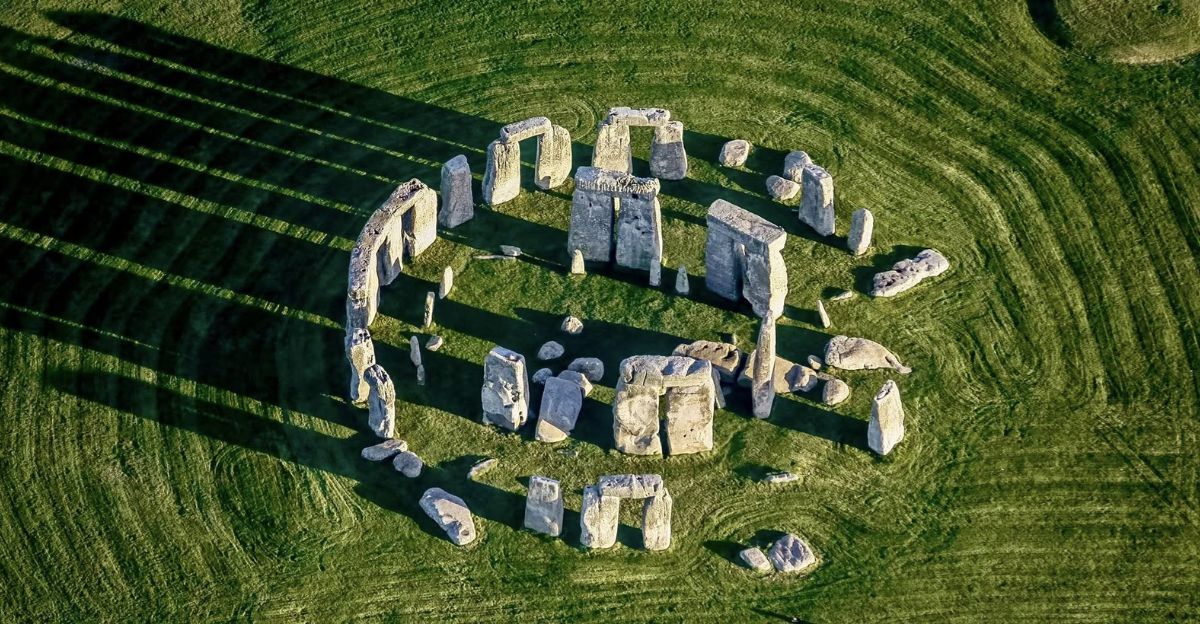
The British Academy conducted a 1997 study titled “The Engineering of Stonehenge” and published it in Science and Stonehenge, Proceedings of the British Academy, Volume 92.
The study concludes that “averaging gradients suggests that a 40 tonne stone could be moved over 30 km in 12 days with 200 people, perhaps less time with the trackway installed.”
First Phase
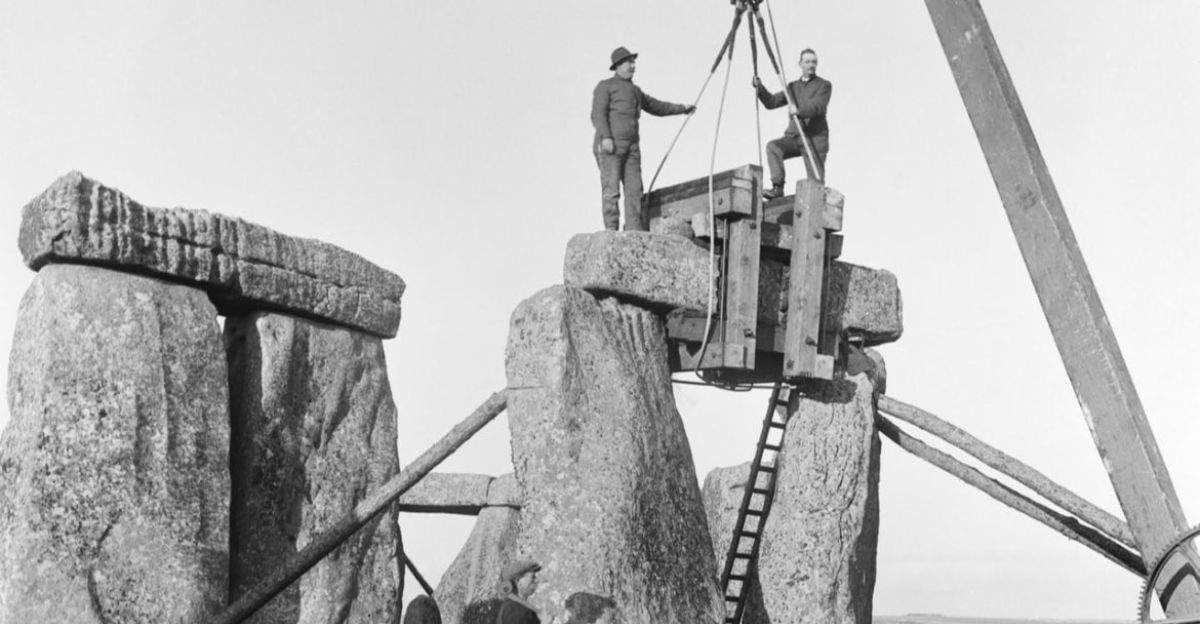
Britannica confirms that Stonehenge is a prehistoric monument. The oldest part was built between 3000 and 2935 BCE.
It consisted of a circular enclosure over 330 feet in diameter. This earthwork phase created Britain’s earliest known sacred precinct centuries before any stones arrived.
Rising Ambition
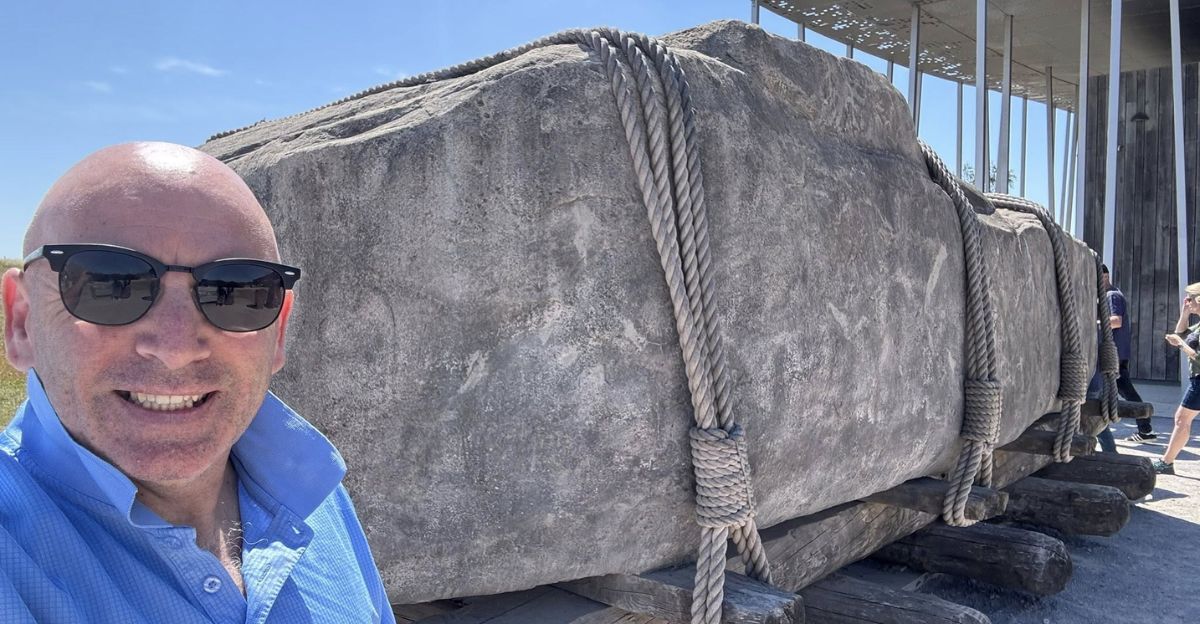
The construction of Stonehenge was a massive and ambitious undertaking, with immensely heavy stones having to be “carried” for miles.
By 2500 BC, builders transported 25-ton sarsen stones from the Marlborough Downs area, about 25 kilometers away. Each block demanded careful planning and hundreds of haulers using ropes, sledges, and log rollers.
Transport Proved
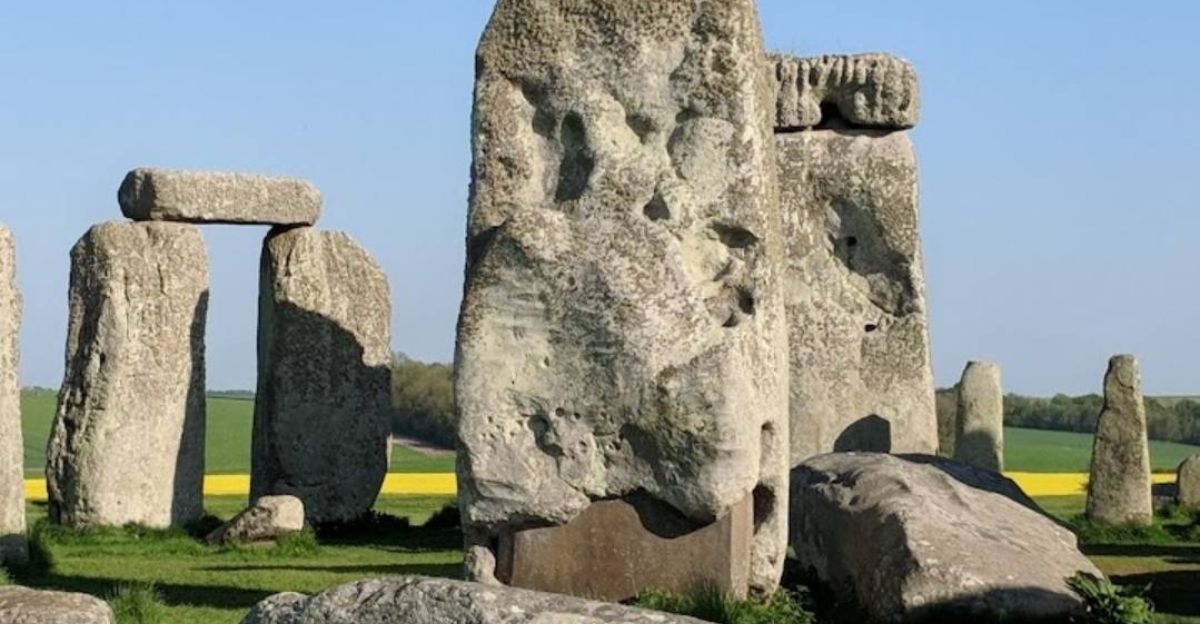
Geochemical tests were conducted on the Newall boulder and published in 2025. The tests showcased that the boulder’s rock matches outcrops in Pembrokeshire.
Phys org reports that researchers found “all lines of evidence support deliberate human transport” rather than glacial delivery.
Welsh Route
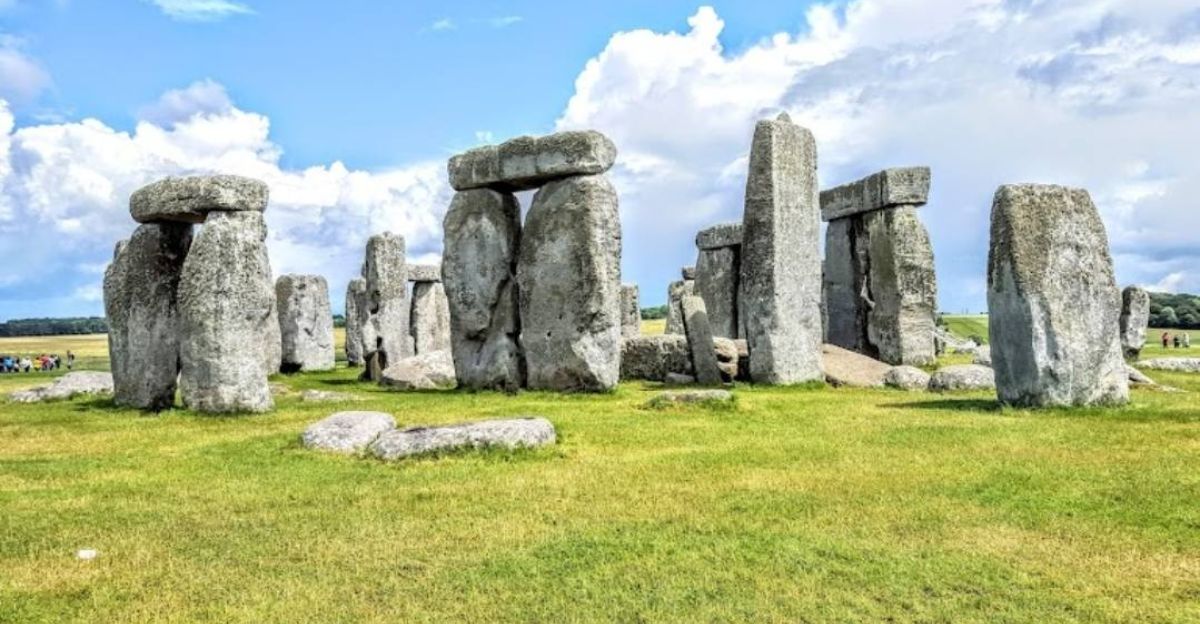
Excavations at Craig Rhos-y-felin uncovered quarry faces, wedges, and loading ramps, matching the characteristics of the bluestones at Stonehenge.
These findings from the Preseli Hills in Wales confirm the 225-kilometer journey from quarry to monument, emphasizing Neolithic builders’ extraordinary effort and precise quarrying techniques.
Unique Scale
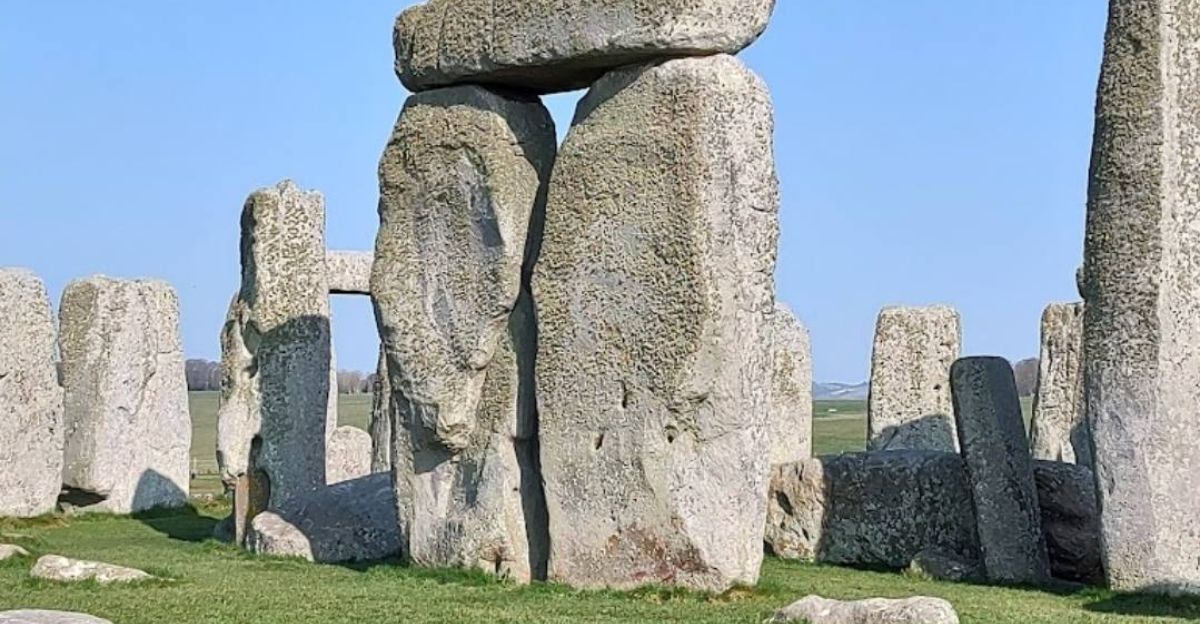
“Every other Neolithic monument in Europe was built of megaliths brought from no more than 10 miles away,” stressed Professor Mike Parker Pearson, highlighting the exceptional scale of Stonehenge’s logistics.
This level of geological sourcing underscores the extraordinary planning, organization, and resource mobilization involved in its construction.
Moving Tests
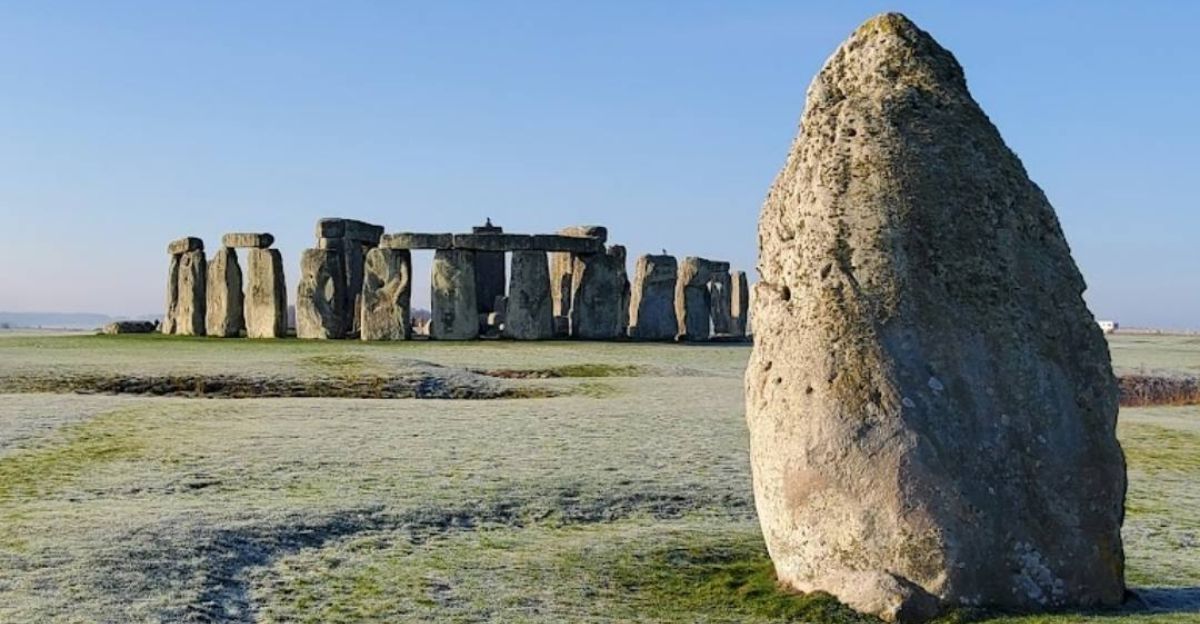
Live Science reports that experimental archaeologist Barney Harris showed ten volunteers how to slide a one-ton stone using birch rollers and a sycamore sledge at “a pace of 10 feet every five seconds.”
These experiments proved ancient transport methods were remarkably efficient, requiring far fewer people than previously estimated for moving individual stones.
Uniting Tribes
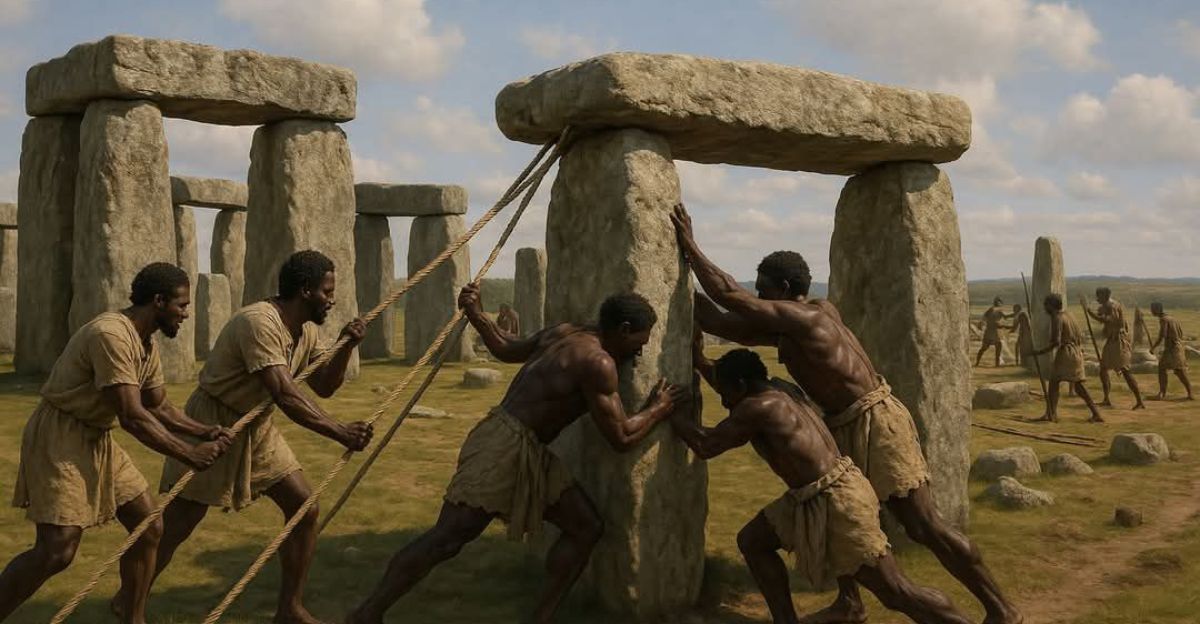
UCL News notes the monument “brought people together from across the island,” with cattle and pottery evidence pointing to gatherings of diverse communities.
Archaeological findings suggest that people traveled from Scotland, Wales, and across England for construction phases, cooperating on building as a symbol of a shared Neolithic identity and religious purpose.
Scottish Surprise
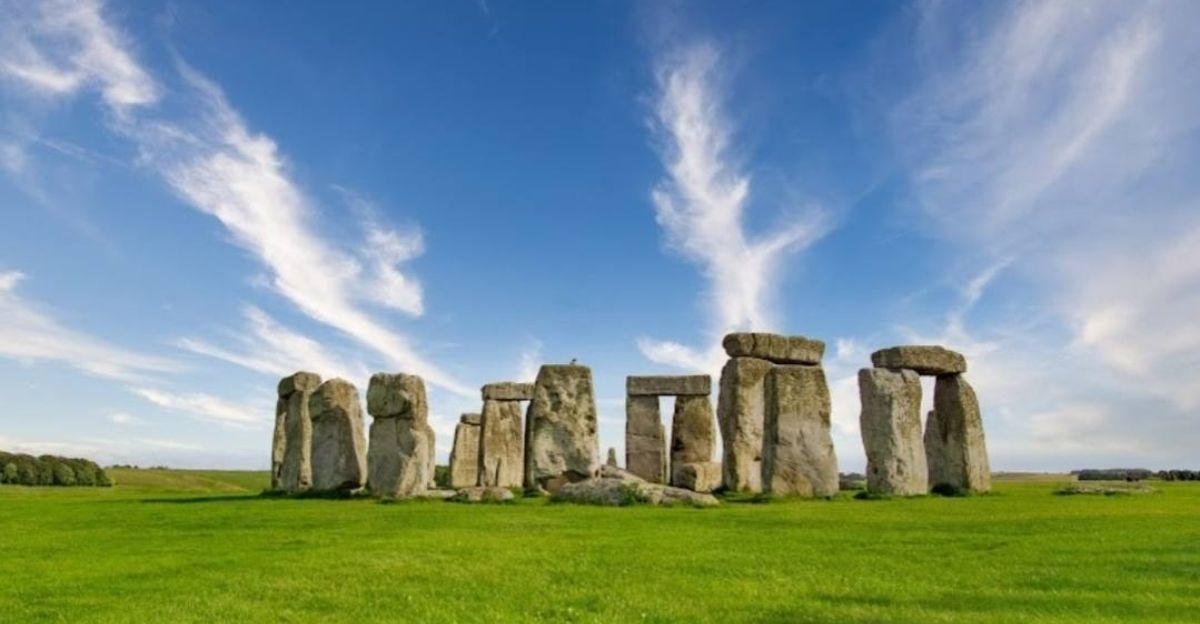
A 2024 Nature study traced the six-ton Altar Stone to northeast Scotland’s Strathmore region, 750 kilometers away, making it the longest confirmed prehistoric megalith transport in Europe.
This discovery revolutionized understanding of Neolithic Britain’s interconnectedness, proving sophisticated trade and transport networks spanned the entire British Isles during the Stone Age.
Circle Reused

Sky News reports excavations at Waun Mawn, Wales, where stone sockets match Stonehenge bluestones, suggesting the earlier circle was dismantled around 3300 BC.
This 110-meter-diameter circle, once Britain’s third-largest, was completely disassembled and its stones transported to Salisbury Plain, representing an unprecedented monument relocation project.
Command Structure

The British Museum notes that raising the trilithons required exceptional coordination.
In his Gresham College lecture, Mike Pitts explained that the work “needed hundreds of people using timber A-frames, rope and gravity.”
Generational Vision
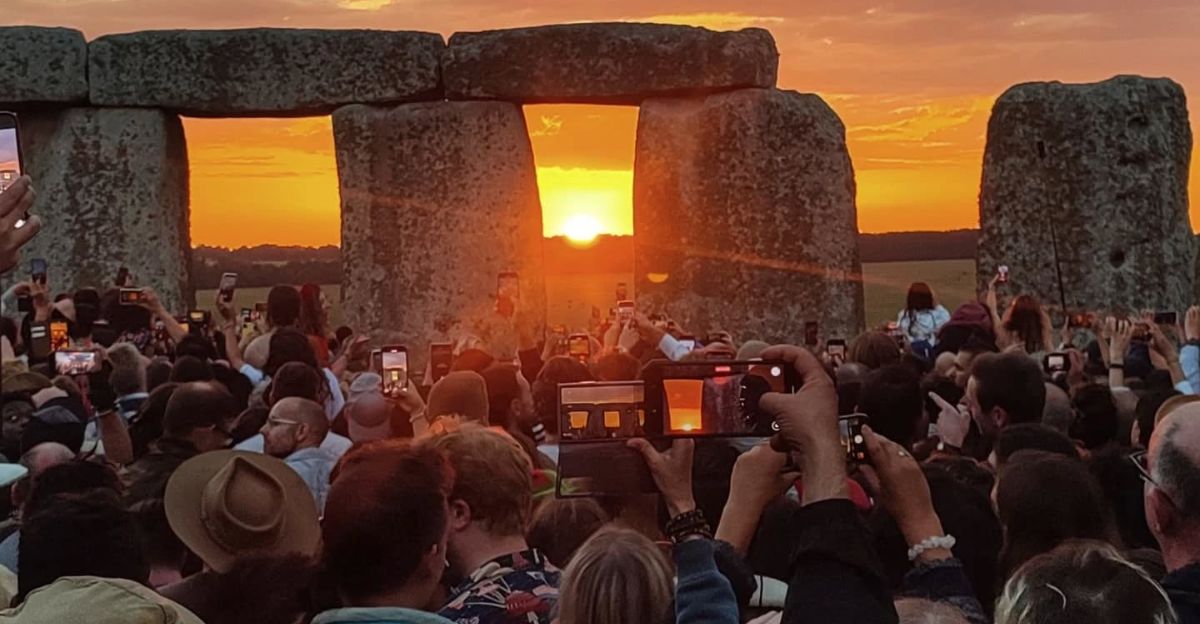
Construction spanned multiple phases, “beginning about 3100 BC and continuing until about 1600 BC,” proving successive generations preserved and enhanced a common ceremonial vision over 1,500 years.
Each construction phase built upon previous work, suggesting remarkable cultural continuity and shared religious beliefs across centuries of Neolithic society.
Raising Giants

Historic Concepts’ 2020 monolith-moving experiment showed “25 people could move the stone, but we would need many more to pull it to a vertical position”—evidence of the manpower demanded at Stonehenge.
Their trials proved that raising massive trilithons required coordinated teams of up to 200 people working with timber frames and rope systems.
Workforce Scale

The British Museum explains that the massive sarsen stones required “at least 1,000 people to transport them the 25 kilometers from their source,” demanding unprecedented cooperation and planning.
These workforce estimates suggest Stonehenge construction involved coordinating the largest labor forces documented in Neolithic Europe, requiring advanced organizational systems.
Trade Networks

English Heritage documents prehistoric trade networks that brought “stone-headed axes” and other goods across Britain during Stonehenge’s construction period.
Archaeological evidence shows axe-heads from Wales, Cornwall, and northern England were distributed to ceremonial sites, indicating sophisticated exchange systems linking distant communities through monument building.
Global Recognition
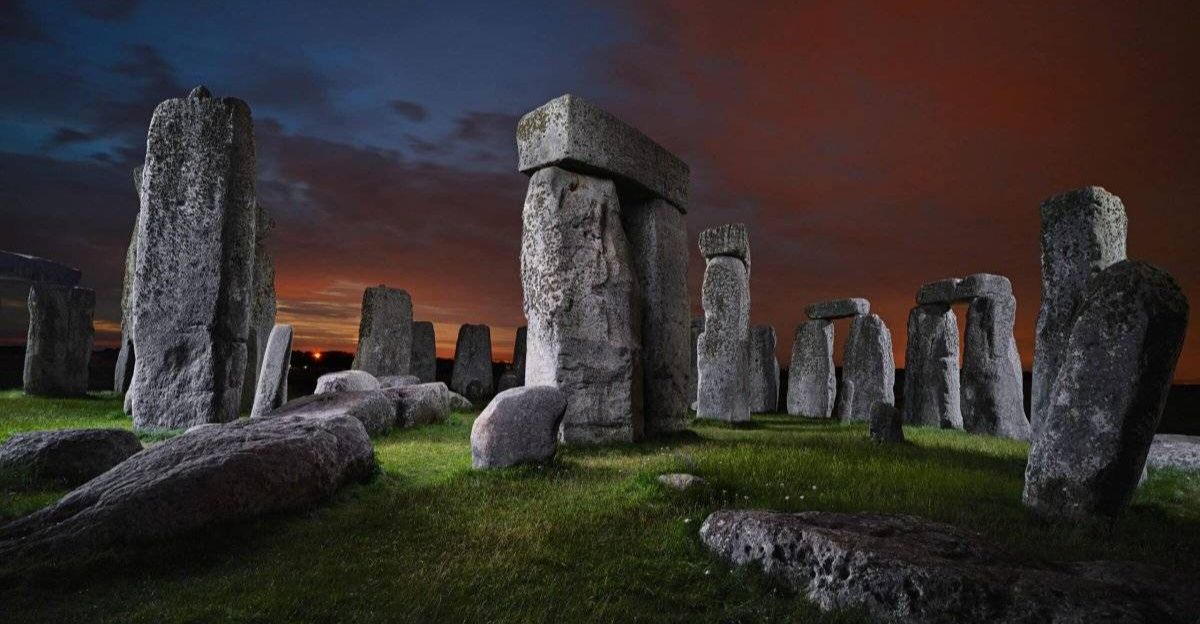
UNESCO recognizes Stonehenge as “one of the most famous groups of megaliths in the world,” citing its vast quarry-to-monument distances as unmatched in prehistoric Europe.
The site’s unique achievement using stones from multiple sources hundreds of kilometers away established Britain’s early engineering prominence and inspired monument builders across ancient Europe.
Environmental Impact
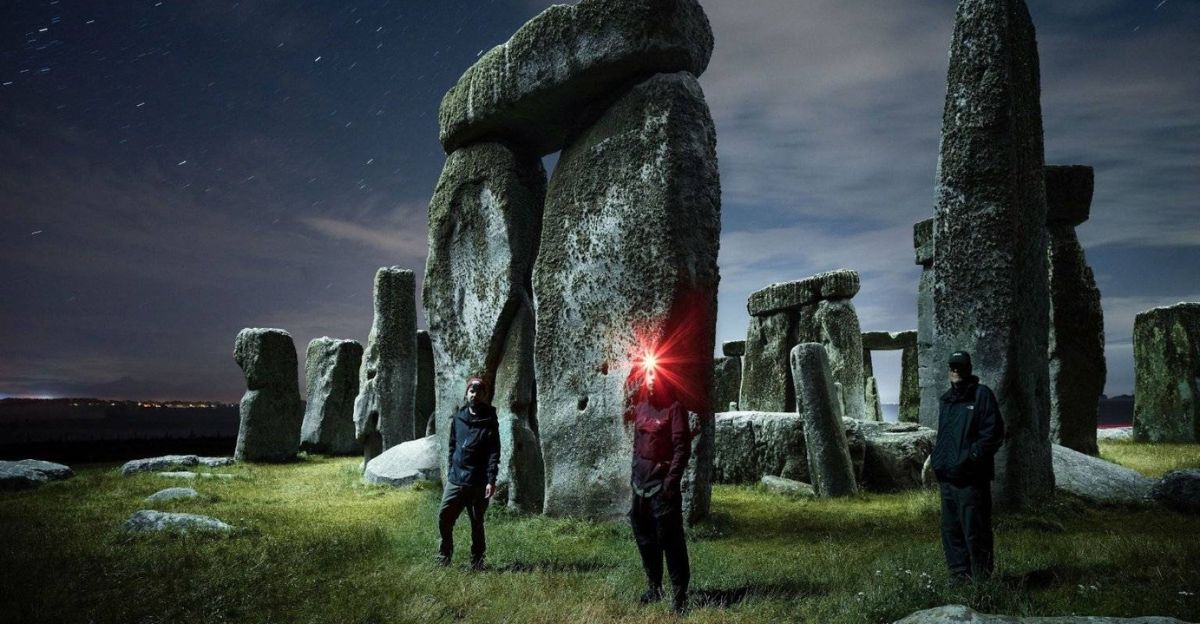
The British Academy research warns that timber-track construction requires large-scale tree felling, temporarily altering chalk downland ecosystems.
West Woods, covering six square kilometers and containing dense sarsen concentrations, shows evidence of prehistoric extraction pits throughout the area, demonstrating the massive environmental scale of ancient quarrying operations.
Sacred Cemetery

Wikipedia confirms that “deposits containing human bone date from as early as 3000 BC, when the ditch and bank were first dug,” showing the site served as Britain’s largest known third-millennium cemetery.
Archaeological excavations have revealed 64 cremation burials from an estimated 150-240 total, predominantly adult males buried around the monument.
Enduring Legacy

The British Museum concludes that Stonehenge proves Neolithic collaboration and innovation could overcome extraordinary practical challenges, requiring “unprecedented cooperation, planning and patience in the name of social and religious service.”
The monument continues to inspire engineers, archaeologists, and millions of annual visitors, demonstrating humanity’s earliest architectural masterpiece.